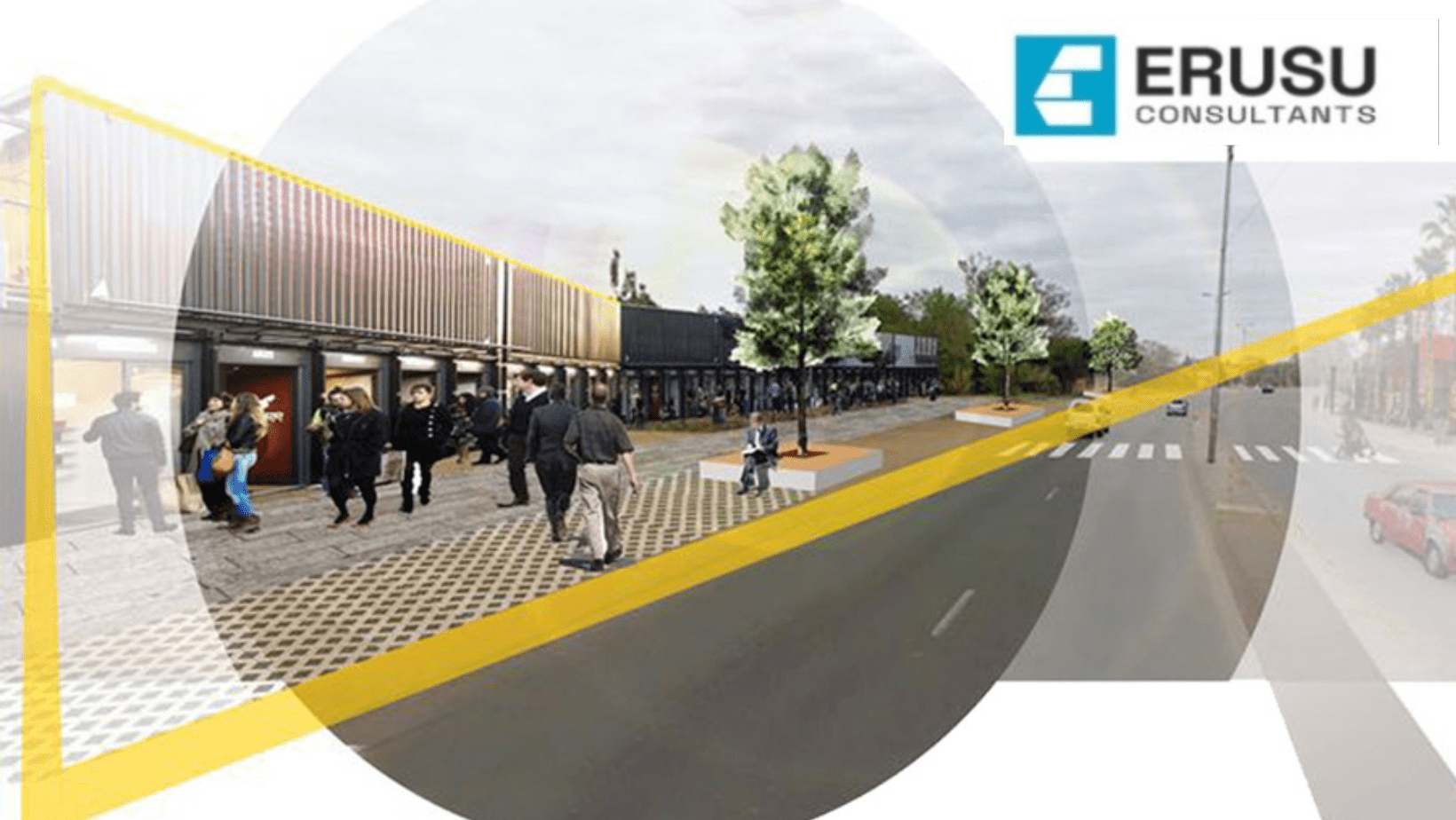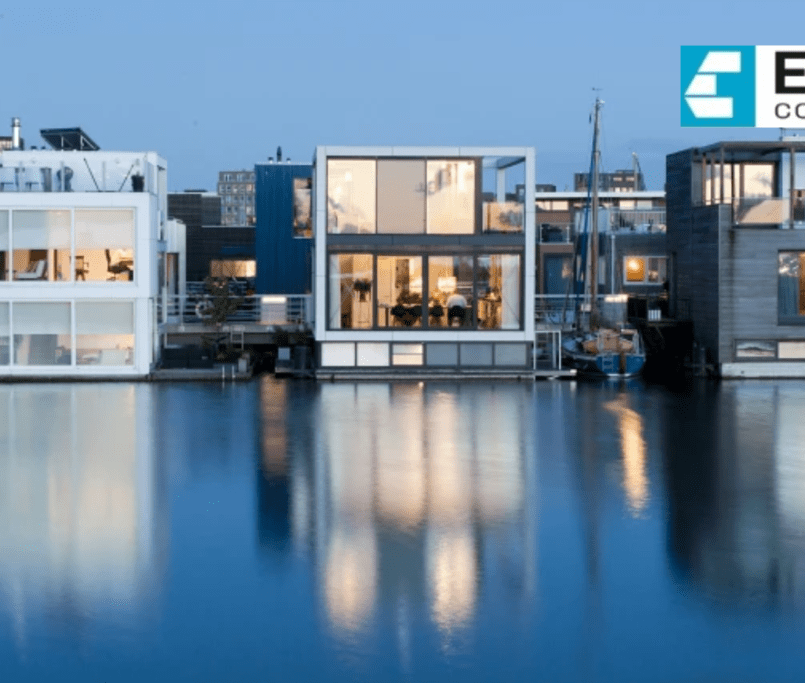The Human-Centric Approach to Architectural Engineering
Introduction:
In today’s rapidly evolving world, architectural engineering has shifted its focus towards creating designs that are not only functional but also centered around human well-being. The human-centric approach to architectural engineering places people at the heart of the design process, aiming to enhance the quality of life, comfort, and functionality of the built environment. In this comprehensive article, we will explore the various facets of the human-centric approach, including biophilic design, universal design principles, the role of technology, case studies, and future trends.
1: Understanding Human-Centric Architecture:
Human-centric architecture is a design philosophy that acknowledges the profound impact of the built environment on human well-being. This approach seeks to create spaces that are not only aesthetically pleasing but also responsive to the physical, psychological, and emotional needs of the occupants.
2: Biophilic Design:
Biophilic design is an integral component of human-centric architecture. It embraces the idea that humans have an innate connection to nature. Architectural designs that incorporate biophilic elements, such as natural light, green spaces, and organic materials, can have a positive influence on mental health and productivity. Biophilic design creates environments where people can thrive, fostering a sense of well-being and connection with nature within the built environment.
3: Universal Design Principles:
Universal design principles advocate for inclusivity and accessibility in architectural engineering. These principles are instrumental in creating spaces that cater to the diverse needs of individuals, regardless of their age or abilities. By adhering to universal design principles, architects can ensure that their creations are both functional and accommodating, promoting equality and social integration.
4: Technological Advancements
Technology has become an indispensable tool in enhancing the human-centric approach. From Building Information Modeling (BIM) for precise planning to energy-efficient systems that reduce environmental impact, technological advancements continue to revolutionize architectural engineering. Interactive tools, like virtual reality (VR) and augmented reality (AR), allow architects and clients to experience designs in immersive ways, fostering better communication and understanding of the final product.
5: Case Studies:
Real-world examples are the litmus test for the effectiveness of the human-centric approach. Throughout the world, architectural engineers have transformed urban landscapes by integrating human-centric design principles into their projects. From healthcare facilities designed to promote healing and recovery to educational spaces that inspire learning, these case studies demonstrate the profound impact of human-centric architecture.
6: Interactive Design Exercise:
To truly appreciate the challenges and rewards of human-centric architectural engineering, we invite you to participate in an interactive design exercise. Here, you can experiment with creating a human-centric architectural concept using a 3D design tool. By considering factors like natural lighting, sustainable materials, and ergonomic layouts, you’ll get a hands-on experience of the creative and technical aspects of human-centric design.
7: Future Trends:
The future of architectural engineering promises even more exciting developments in the human-centric approach. Advancements in artificial intelligence, sustainable building materials, and responsive architecture are poised to redefine the way we design and interact with our surroundings. Virtual reality will enable architects to design with unprecedented precision, while 3D printing and modular construction techniques will revolutionize the construction process itself.
Conclusion
In conclusion, the human-centric approach to architectural engineering is a visionary path that prioritizes the well-being and comfort of those who inhabit the structures we create. By embracing biophilic design, universal design principles, advanced technology, and a commitment to the welfare of all individuals, architects can shape a brighter, more harmonious future for our built environment. As we embark on this journey towards human-centric architecture, we invite you to explore its possibilities, and, together, we can redefine the spaces in which we live, work, and thrive.
Disclaimer: This content is provided solely for your review. Erusu Consultants takes no liability for this article. The reader is advised to form their own opinion. Please consult a Structural Engineer before making any final decisions.






